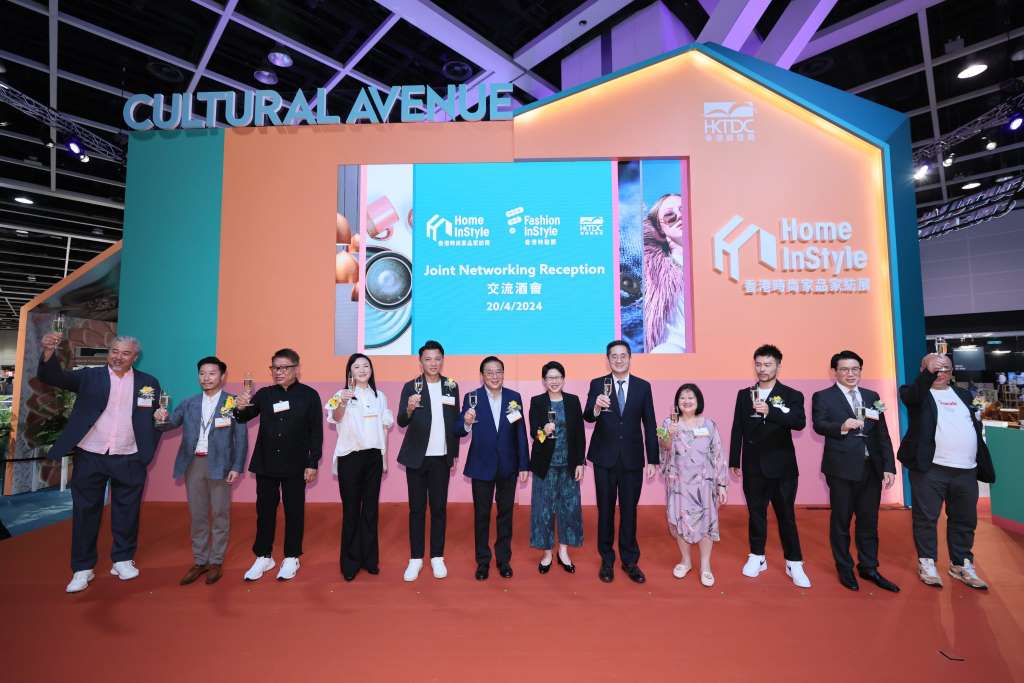"Brands are investing in digitisation and mapping real-time data. They are also developing demand-led models based on consumer insights, which helps fashion brands cut down on over-production. However, this shift towards digitisation is being adopted by only those brands which can afford to invest in such technologies. Smaller players are yet to digitally capture and leverage such consumer insights"
 One can no longer overlook the huge environmental impact of the highly-fragmented garment supply chain. For the last few years, industry leaders have been putting in efforts to increase the visibility of entire garment supply chain. Often small and mid-sized companies operate in a massive supply chain which makes it impossible for them to know the source of their raw materials, their manufacturers and suppliers running their factories.
One can no longer overlook the huge environmental impact of the highly-fragmented garment supply chain. For the last few years, industry leaders have been putting in efforts to increase the visibility of entire garment supply chain. Often small and mid-sized companies operate in a massive supply chain which makes it impossible for them to know the source of their raw materials, their manufacturers and suppliers running their factories.
Brands invest in digitisation and real time data
The garment industry not only aims to address the absence of standardised sourcing but also maintain a traceable and transparent supply chain. Currently, there is a wide disconnect between suppliers, manufacturers and consumers resulting in about 73 per cent of used garments ending up in landfills or being incinerated.
To handle this, brands are investing in digitisation and mapping real-time data. They are also developing demand-led models based on consumer insights, which helps fashion brands cut down on over-production. However, this shift towards digitisation is being adopted by only those brands which can afford to invest in such technologies. Smaller players are yet to digitally capture and leverage such consumer insights.
Besides skill, capability and integrity, brands require a substantial amount of capital to incorporate a sustainable procurement process. Currently, only a few major brands have initiated green reforms on a large scale. A case in point is H&M which plans to achieve to 100 per cent sustainable cotton by 2020. The company addresses this challenge by involving its customers in creating a completely recycled clothing line. This gives their brand a sense of association with the brand’s green initiatives. Another global brand, Adidas, is ramping up its initiative to use only recycled polyester in its shoes by 2024.
Short-term investments for long-term benefits
Though sustainable sourcing involves extra initial costs, these are offset by the long-term benefits of reducing waste and minimising unsold merchandise. Brands like Zara and Bershka are sourcing smaller batches of material to gauge their popularity before deciding on the volume of the production. Brands are also implementing demand-based merchandise using digital marketing tools and AI to make their supply chain agile and flexible.
The complexity in supply chains is being reduced through nearshoring. They are increasingly working with garment manufacturers in locations closer to their consumer-base to cut down lead times and counter rising labor costs in traditional outsourcing destinations. For instance, US brands now prefer Mexico as a garment manufacturing hub rather than China.
Sustainability leads to increased transparency
Today, customers aim to make informed decisions about purchases. They avoid making purchases that would adversely impact the environment. Sustainable brands are now aiming for a greater level of transparency by investing in RFID and blockchain technologies. They are likely to share the list of suppliers with customers besides informing them about the ecological footprint of the product.
To consolidate operations, brands are reducing the number of suppliers they work with. One of the key differentiating factors deciding these partnerships include the social and sustainability scores of suppliers which is leading manufacturers to refine their own sustainability practices.
The garment supply chain can be transformed by making sustainable sourcing an integral part of a company’s culture. To be known as sustainable, a brand needs to redesign its corporate culture, create accountability and foster cross-functional collaboration. A thoughtful product development, co-investment and long-term planning, along with robust measurement and management of performance, will help the garment industry achieve a sustainable supply chain.












